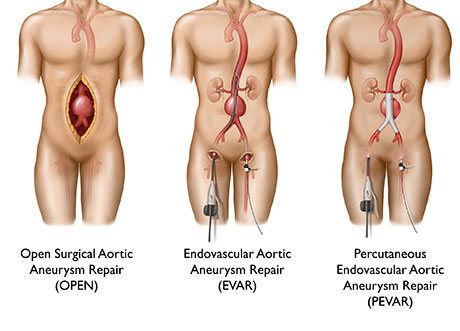With the snow we had in late April, it may be hard to believe, but warmer weather in Michigan is just around the corner! I’m sure we are all looking forward to putting away our heavy coats and snow boots, and enjoying some sunshine.
Those who already know me and the rest of our providers at IHA Dermatology may get a chuckle from that previous sentence, particularly the part about “enjoying sunshine,” given how often we stress to our patients the importance of protecting oneself from the sun and using sunscreen regularly.
As some of you may know, the month of May has been designated Skin Cancer Awareness Month, which makes it an ideal time to remind our family, friends, and colleagues to become educated about the importance of protecting our body’s largest organ, the skin.
To illustrate why this is such an important topic, I’ll share with you some facts and figures that are nicely summarized in websites for the American Academy of Dermatology and the Skin Cancer Foundation, where you can find even more information about this serious subject.
Did you know that skin cancer is by far the most commonly diagnosed cancer, with more than 3.5 million cases diagnosed in the U.S. each year? In fact, more new cases of skin cancer are diagnosed yearly than the combined incidences of lung, breast, colon, and prostate cancer.
Of particular concern, about 140,000 cases of melanoma, the most deadly form of skin cancer, will be diagnosed this year, and on average, one American dies from melanoma every hour. Unfortunately, the incidence of skin cancer is rising, particularly in younger people and in women, and melanoma is now the leading cause of cancer death in women ages 25 to 30. The good news is that most skin cancers are preventable and the vast majority can be cured relatively easily, especially if they are diagnosed and treated early.
That is why we recommend that everyone seek protection from the sun by wearing sunscreen with an SPF of 30 or more, and reapplying sunscreen at least every 2-3 hours. Staying shaded and wearing sun-protective clothing whenever possible is also very helpful. Tanning and using tanning beds are harmful, and if you are worried about cosmetics at all, be aware that tanning and excessive sun exposure ages your skin dramatically.
To aid in early detection of skin cancer, we also suggest that you become familiar with your own skin and check yourself about monthly for any spots, bumps, moles, or lesions that look different from the rest, or are changing in any concerning way, such as by bleeding, itching, not healing, or growing rapidly. For those with a lot of moles, you can use your handy cell phone cameras to take pictures and look at them monthly to see if any have changed.
In addition to performing self-skin examinations regularly, it is generally a good idea to have yearly full skin evaluations by your board-certified dermatologist or primary care physician.
If you are interested in having a skin cancer screening or would like to have a concerning lesion evaluated, our board-certified and experienced dermatologists at IHA Dermatology are always happy to help in any way that we can. Just call us at 734-667-DERM (3376) to schedule an appointment. On behalf of IHA and IHA Dermatology, we hope you have a warm, fun, and most importantly, healthy May and summer. Bring on the sunshine (and sunscreen)!


